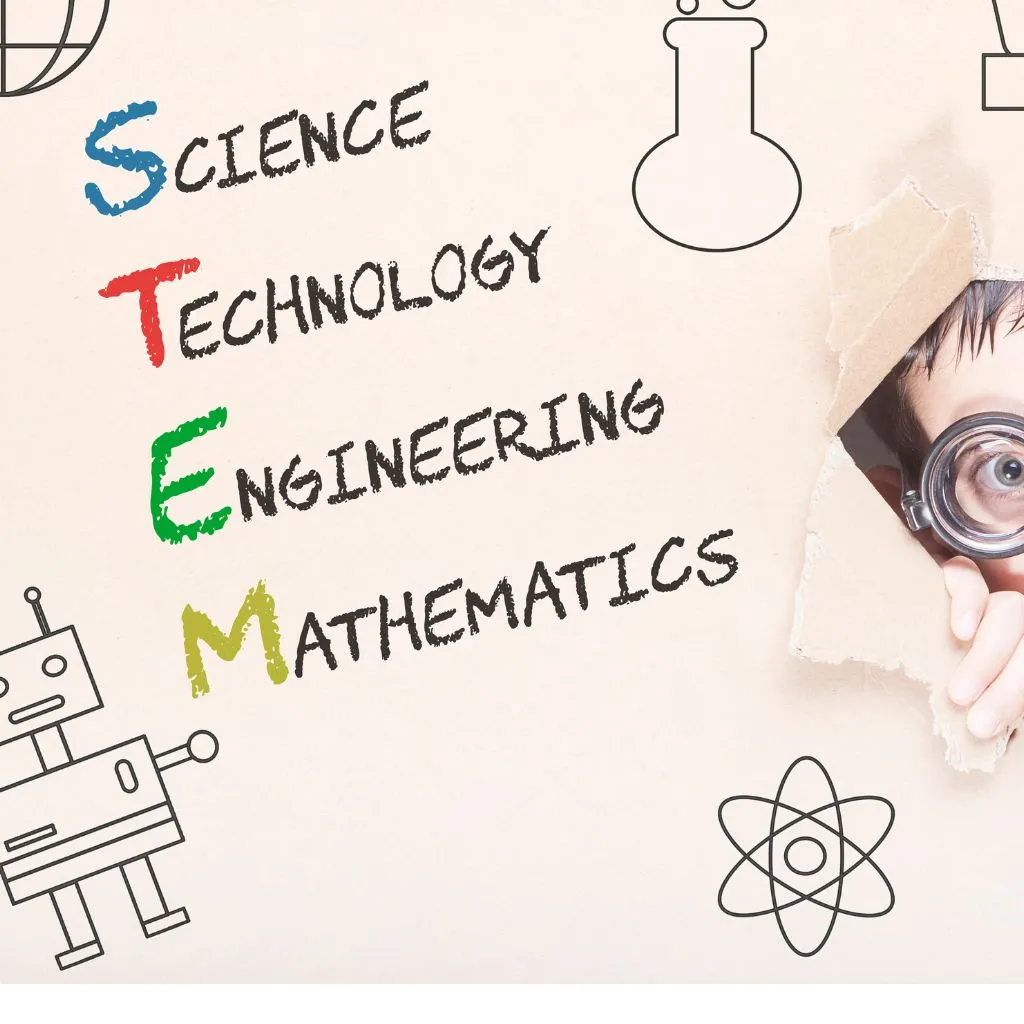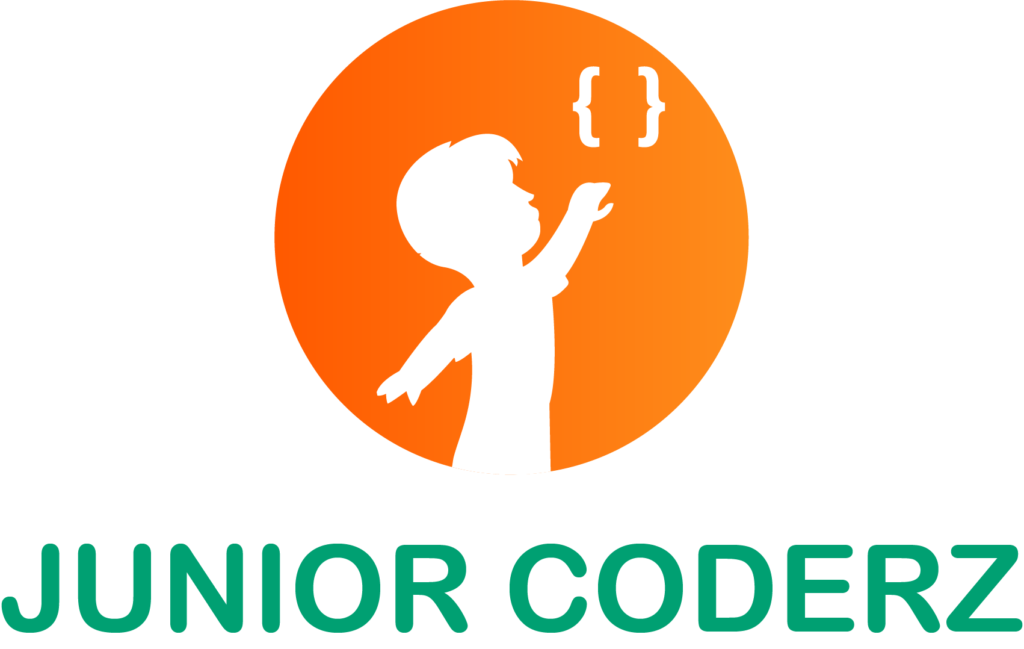The future of innovation depends on diversity, creativity, and equal opportunity. Yet, females in STEM fields remain significantly underrepresented despite their immense potential to reshape industries, solve global challenges, and lead groundbreaking discoveries. From coding apps to building satellites, women and girls bring unique perspectives that enrich science, technology, engineering, and mathematics.
But here’s the big question: if girls have the passion and capability, what’s holding them back from entering and thriving in STEM careers for females? The answer lies in invisible barriers, stereotypes, lack of mentorship, and limited exposure. This blog uncovers powerful strategies that spark curiosity, nurture confidence, and unlock doors for the next generation of innovators. Stay with us until the end, because we’ll share actionable steps you can take right now to support STEM empowerment in your community.
Why Females in STEM Fields Matter
Females in STEM fields are not just filling a gap; they’re revolutionizing how the world thinks about problem-solving. Diverse teams consistently perform better, as women often introduce different approaches to challenges, improving creativity and collaboration. Whether it’s healthcare innovations, climate solutions, or digital transformation, women bring insights shaped by their unique life experiences.
Yet, according to UNESCO, women make up less than 30% of researchers worldwide. This imbalance stifles innovation. Encouraging girls early ensures that the workforce of tomorrow reflects true equality, unlocking limitless opportunities for progress.
The Current Landscape of STEM Careers for Females
Representation Gap
Despite years of progress, females in STEM fields continue to face a significant representation gap. In disciplines such as engineering, computer science, and physics, women remain a small minority compared to their male counterparts. For example, global reports show that less than one-third of researchers worldwide are women, and the percentage drops even lower in highly technical domains like artificial intelligence or mechanical engineering. This gap not only reflects historic inequalities but also shapes the future workforce by limiting the diversity of perspectives needed to solve complex global problems. Encouraging more females to pursue STEM careers for females ensures that innovations are inclusive, sustainable, and impactful for society at large.
Confidence Challenge
Another major barrier lies in confidence, or rather, the lack of it. Many young girls internalize the stereotype that math, coding, or science are “male-dominated subjects.” This belief can lead them to doubt their own abilities, even when their performance is on par with or better than their peers. Such stereotypes create what psychologists call a “confidence gap,” where capable girls hold back from pursuing advanced STEM courses, competitions, or career opportunities. By fostering a culture of STEM empowerment where mistakes are seen as part of learning, and curiosity is celebrated we can break this cycle. When girls gain confidence through small wins, such as coding a simple app or completing a science experiment, they build resilience that propels them toward larger achievements in STEM careers for females.
Access Inequality
Access to resources, mentorship, and supportive role models is another major challenge for females in STEM fields. Many schools lack female science teachers or women engineers who can serve as relatable figures for aspiring girls. Similarly, in underrepresented regions, there may be fewer scholarships, networking events, or extracurricular programs tailored for girls interested in technology and engineering. Without exposure to visible female leaders in STEM, girls may struggle to imagine themselves in such roles. Bridging this gap requires targeted programs that connect students with mentors, provide affordable workshops, and highlight successful women across all STEM disciplines. By improving access, we create an environment where STEM empowerment becomes a reality for every girl, regardless of her background.
Breaking the Barriers
1. Stereotypes and Cultural Expectations
Society often labels technical fields as “masculine,” which discourages many young girls from showing interest in robotics, coding, or physics. These subtle cultural pressures can limit career choices before they even begin. To support females in STEM fields, parents, teachers, and media must actively break these stereotypes and highlight stories of girls excelling in STEM careers for females.
2. Lack of Role Models
When girls don’t see women scientists, engineers, or tech innovators in visible leadership roles, they subconsciously assume these careers are not meant for them. Representation matters stories of trailblazers like Ada Lovelace, Kalpana Chawla, or local women engineers can inspire belief and motivation. Highlighting successful females in STEM fields reinforces that STEM empowerment is both possible and achievable.
3. Limited Mentorship Opportunities
Mentorship is often the bridge between talent and success, yet many girls lack access to female mentors in science and technology. Without guidance, they may feel isolated or uncertain about pursuing STEM careers for females. By creating mentorship programs, coding clubs, and networks, we can foster confidence and open doors for meaningful STEM empowerment.
STEM Empowerment: Practical Steps for Parents and Teachers
1. Encourage Curiosity at Home
Encouraging curiosity starts with small, everyday experiences like letting girls explore STEM toys, puzzles, or simple science experiments. These activities make learning fun while showing that females in STEM fields can begin their journey right from their living rooms. Over time, these sparks of curiosity grow into a genuine interest in STEM careers for females.
2. Expose Girls to Diverse Role Models
Inviting female engineers, data scientists, or doctors to schools and workshops helps girls see what’s possible. Real-life role models prove that females in STEM fields can thrive across industries and inspire the next generation to aim higher. This exposure builds both awareness and motivation, fueling long-term STEM empowerment.
3. Support Participation in STEM Clubs
Joining robotics teams, coding classes, or science fairs gives girls a chance to practice hands-on problem-solving. These clubs not only develop technical skills but also build teamwork, leadership, and confidence, traits essential for STEM careers for females. Active participation keeps girls engaged, motivated, and inspired to pursue bigger opportunities.
4. Normalize Challenges
Girls must understand that failure is not weakness but a stepping stone to success in science and technology. By normalizing mistakes and celebrating persistence, we build resilience and confidence in females in STEM fields. This mindset shift ensures they don’t give up when faced with challenges in STEM empowerment journeys.
5. Celebrate Achievements
Recognizing and celebrating even small wins motivates girls to stay committed to STEM pathways. Whether it’s coding a simple app or presenting a science project, these milestones remind them that females in STEM fields can achieve remarkable things. Highlighting success stories also creates a ripple effect, inspiring others to follow in their footsteps.
Building Confidence Through STEM Empowerment
Confidence is the fuel for persistence. Girls need affirmations that their questions, mistakes, and ideas matter. Teachers can:
- Use inclusive language that emphasizes collaboration.
- Create safe spaces for trial and error.
- Introduce projects that solve real-world problems (water scarcity, renewable energy, health tech).
These strategies tie learning to meaningful outcomes, making STEM more relatable and rewarding.
The Power of Role Models in STEM Careers for Females
Stories inspire. A young girl who hears about Kalpana Chawla (astronaut) or Ada Lovelace (first computer programmer) begins to imagine herself in their shoes. Schools and platforms like JuniorCoderz can amplify these stories through blogs, workshops, and events.
Global and Local Initiatives Driving STEM Empowerment

Girls Who Code
Girls Who Code is a global nonprofit working to close the gender gap in technology by teaching programming to girls from middle school through college. Beyond coding skills, it builds leadership, resilience, and problem-solving confidence. Their free clubs, summer immersion programs, and global alumni network make it one of the strongest pipelines for females in STEM fields worldwide.
TechGirls Program
TechGirls is a U.S. Department of State–sponsored exchange program that brings teenage girls from different countries together for hands-on STEM training. Participants attend coding workshops, leadership sessions, and cultural exchanges while gaining mentorship from industry leaders. For many girls, it becomes a life-changing introduction to international opportunities in STEM careers for females.
Women in Tech Pakistan
This community-driven initiative connects women in Pakistan’s technology sector through events, training, and mentorship opportunities. It provides a safe space for networking, job opportunities, and knowledge-sharing, ensuring local females in STEM fields get visibility and support. By nurturing talent at the grassroots level, it strengthens Pakistan’s role in the global STEM empowerment movement.
She Loves Tech
She Loves Tech is the world’s largest startup competition focused on women and technology. It highlights women-led businesses and innovative solutions designed to create social impact. For girls interested in entrepreneurship as part of their STEM empowerment journey, this platform provides exposure, investor connections, and a global stage to scale their ideas.
How JuniorCoderz Can Help
At JuniorCoderz.com, we believe every girl deserves the chance to unlock her potential in technology. Through beginner-friendly courses, STEM activities, and role-model content, we provide the tools and support that encourage girls to chase their dreams in STEM careers for females.
Conclusion: A Call to Action
Females in STEM fields are the backbone of a future powered by equality, creativity, and innovation. The barriers are real, but so are the opportunities to overcome them. Every parent, teacher, and community member has the power to nurture curiosity, build confidence, and open doors.
Now is the time to act. Encourage a girl today, and you might just inspire the next world-changing innovator.
FAQs
Q. Why are females in STEM fields important for the future?
Because diversity fosters innovation, leading to better problem-solving and inclusive solutions.
Q. What are the main barriers to STEM careers for females?
Stereotypes, lack of role models, and limited mentorship are the biggest hurdles.
Q. How can parents encourage STEM empowerment at home?
By promoting curiosity, celebrating mistakes as learning, and exposing girls to real-world problem-solving.
Q. Are there global programs supporting girls in STEM?
Yes, initiatives like Girls Who Code, TechGirls, and She Loves Tech actively support STEM empowerment.
Q. How does JuniorCoderz.com support females in STEM fields?
By offering beginner-friendly coding classes, blogs, and resources tailored for kids and teens.

